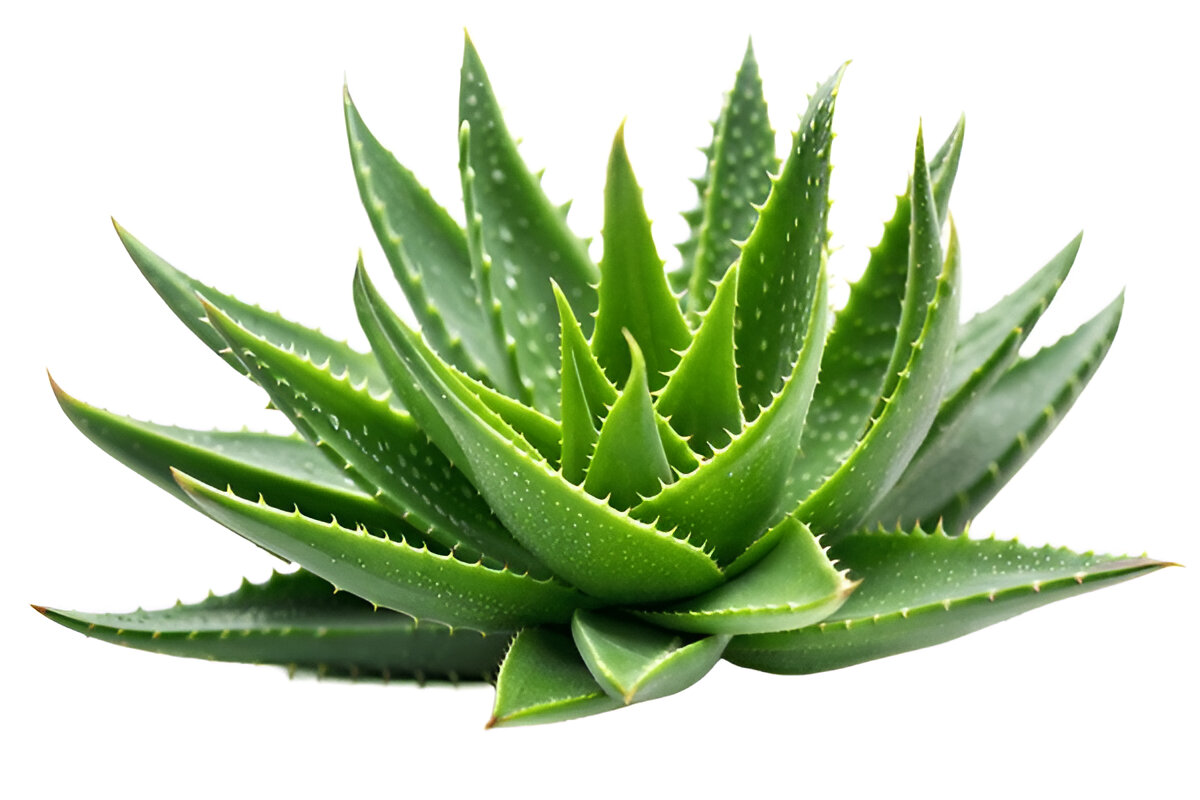Aloe Vera
Description
Aloe Vera is a succulent plant species from the genus Aloe. It grows wild in tropical climates around the world and is cultivated for agricultural and medicinal uses. This plant is known for its thick, fleshy leaves that contain a gel rich in vitamins, minerals, and antioxidants. Aloe Vera has been used for centuries for its soothing and healing properties.
Preparing to Plant Aloe Vera
- Select Variety: Choose Aloe Barbadensis Miller for medicinal use.
- Location: Ensure bright, indirect sunlight and warm temperatures (65°F-85°F).
- Soil: Use well-draining soil, such as a cactus or succulent mix.
- Pot (Optional): A pot with drainage holes is essential for container planting.
- Planting: Plant offsets or cuttings in the soil, ensuring they are stable.
- Watering: Water deeply but infrequently, allowing the soil to dry out between waterings.
- Fertilizing: Use a balanced liquid fertilizer sparingly during the growing season.
- Repotting: Repot when the plant outgrows its container.
Types of Aloe Vera
While Aloe Barbadensis Miller is the most commonly used for medicinal purposes, there are many other Aloe species, including Aloe Arborescens and Aloe Striata, each with unique characteristics.
Scientific and Biological Information
Scientific Name: Aloe barbadensis miller
Family: Asphodelaceae (Liliaceae)
Genus: Aloe
Common Names: Aloe Vera, True Aloe
Native Range: Arabian Peninsula, North Africa
Medicinal Properties: Aloe Vera gel is rich in vitamins, minerals, antioxidants, and amino acids. It is used to treat burns, wounds, skin irritations, and digestive issues. It also has anti-inflammatory and antibacterial properties.
Botanical Characteristics: Aloe Vera is a succulent perennial that grows 60–100 cm tall. It has thick, fleshy, green to grey-green leaves with serrated edges. The plant produces yellow flowers on a spike.
